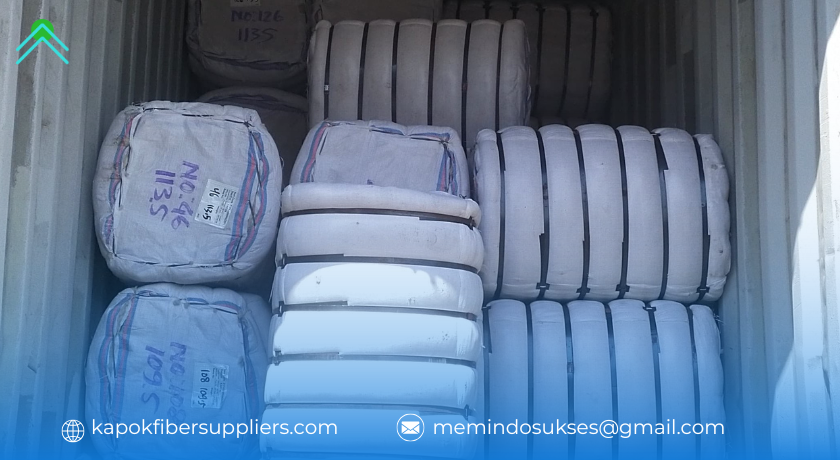
Fibers are no longer just about fabrics; they are becoming essential components of modern innovation. From sustainability to high-performance applications, the evolution of fibers is shaping industries like never before. Let’s dive into the advancements that are driving this transformation.
Understanding the Types of Fibers
The world of fibers is diverse, with different types serving unique purposes. The main categories include:
- Natural Fibers – Sourced from plants (kapok, cotton, jute) and animals (silk, wool), these fibers are biodegradable and renewable.
- Synthetic Fibers – Man-made fibers such as polyester and nylon, designed for durability and flexibility.
- High-Performance Fibers – Carbon fiber, aramid, and glass fiber, known for their strength and resistance to extreme conditions.
- Smart Fibers – Innovative fibers that adapt to their environment, including moisture-wicking, temperature-regulating, and energy-conducting materials.
Why Fibers Are Leading the Next Industrial Revolution
As industries shift toward sustainability and high-tech solutions, fiber innovations are making an impact in various ways:
1. Eco-Friendly and Sustainable Materials
The rise of biodegradable and recycled fibers is reducing environmental waste, making industries more sustainable.
2. High-Strength and Lightweight Engineering
Aerospace and automotive sectors are using advanced fibers to develop lighter, stronger, and more fuel-efficient vehicles.
3. Smart Textiles and Wearable Tech
Conductive fibers are being integrated into clothing for health monitoring, temperature regulation, and even energy generation.
4. Temperature and Moisture Regulation
Natural fibers like kapok provide breathable and moisture-resistant properties, making them ideal for bedding and performance wear.
Industries Benefiting from Fiber Innovation
Fibers are revolutionizing multiple sectors, offering enhanced performance and sustainability:
- Aerospace & Automotive – High-strength, lightweight fibers improve safety and fuel efficiency.
- Medical & Healthcare – Antibacterial and bioengineered fibers enhance hygiene and wound care.
- Fashion & Textiles – Sustainable and tech-integrated fabrics are redefining modern clothing.
- Construction & Packaging – Plant-based fiber materials are replacing plastics for eco-friendly solutions.
- Sports & Performance Wear – Advanced fibers enhance athletic gear with breathability and durability.
The Future of Fiber Technology
As material science continues to evolve, new fiber innovations are on the horizon:
- Self-Healing Fibers – Materials that repair themselves, reducing waste and increasing longevity.
- Energy-Storing Fibers – Textiles capable of generating and storing power for smart devices and wearables.
- Recyclable and Upcycled Fibers – Transforming waste into high-performance materials for a circular economy.
- Water-Repellent and Antimicrobial Fibers – Enhancing protection and durability in various applications.
Conclusion: A New Era for Fiber Innovation
The fiber industry is undergoing a revolution, pushing boundaries in sustainability, technology, and performance. Whether in textiles, construction, or aerospace, advanced fibers are redefining the materials of the future.
Are you ready to embrace the next generation of fiber technology?

